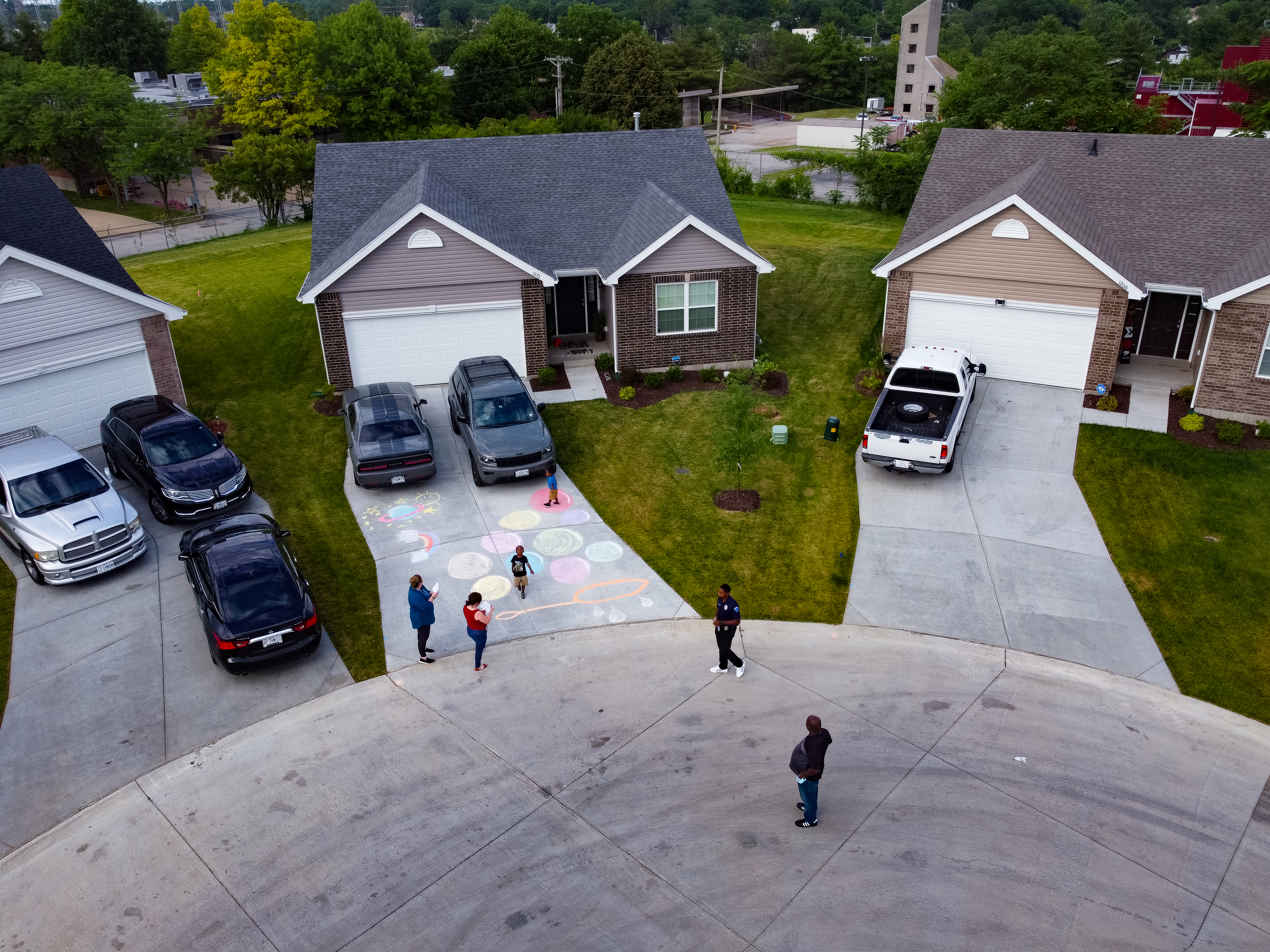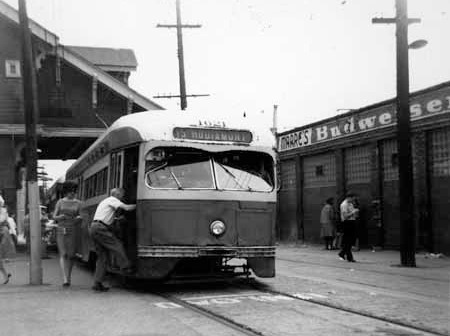Eskridge Estates builds on Wellston's past, looks to future
updated on 1/23/23

Eskridge Estates is a new community, but its roots are deeply connected to the history of the City of Wellston.
“The City of Wellston has a proud history, legacy and tradition. In the 1950s, it was one of the gateways to St. Louis County. We’re going to bring that history and tradition back and restore the City of Wellston,” Wellston Mayor Nathaniel Griffin said. “Working with nonprofit partners as well as local clergy, and the government, we’re building a community that the county can be proud of. We are proud of our past as we look to the future.”
Eskridge Estates, a community of 3–4-bedroom homes in the heart of Wellston, fits seamlessly into that legacy. Eskridge Estates contains 23 homes, built by Missouri’s largest homebuilder McBride Homes. Nearly 80 percent of the families are Black and almost half of homeowners are employed in the healthcare industry, while nearly a quarter of them are employed in the government or public sector.
Eskridge buyers came mostly from around St. Louis County, while seven came from St. Louis City and three relocated from out of state. The fact that people chose to come to Wellston proved to Griffin that people’s perceptions of the city are incorrect.
“I heard people say, ‘People won’t come to Wellston.’ But Eskridge Estates eliminated that stereotype,” Griffin said.
Looking back
Long before Wellston was seen as an undesirable place to live, it was a thriving hub that held economic and cultural value for the St. Louis area.
Wellston, which is named for politician and businessman Erastus Wells, was officially incorporated in 1909. The town enjoyed a period of rapid growth thanks to the local manufacturing industry and Hodiamont streetcar line, which gave residents easy access to St. Louis.
The Wagner Electric Company opened a factory in Wellston in the early 1900s, manufacturing small motors. In 1923, ABEX Corporation built a steel foundry in the city, bringing more jobs and growth.
Wellston was a popular retail destination. In 1946, the intersection of Easton (now Martin Luther King) and Hodiamont avenues saw 12,000 cars and 40,000 bus and streetcar passengers pass through daily, coming to Wellston to work and shop.
The city served as an industrial and retail powerhouse in the 1950s and 1960s, but population loss and job loss took their toll beginning in the 1970s. During that time, segregationist housing policies (often illegally) created the Delmar Divide, in which the majority of the area’s Black population lived north of Delmar Boulevard and the white population kept south of Delmar.

Wellston and the surrounding municipalities were predominantly Black by 1970. This shift in demographics corresponded with a decrease in economic development. When Wagner Electric Company and ABEX Corporation both closed in the early 1980s, the city faced high unemployment and population loss.
The Wellston school district struggled during these changes, but it remained independent until 2010, when it merged with the Normandy Schools Collaborative, under the direction of the Missouri Department of Education.
In 2015, Normandy Schools Collaborative faced a budget shortfall and decided to sell seven underutilized properties. The 24:1 Community Land Trust, with funding from The Equity Network, purchased these properties as an investment in community revitalization.
Eskridge High School was in bad condition, so the land trust decided to use the site to create a new community of affordable quality homes to revitalize the area and bring in new residents. Equity Homes partnered with McBride Homes to create Eskridge Estates, the first new property development in Wellston in over 50 years.
Looking ahead
Eskridge Estates is now home to 23 families, including those with ties to the 24:1 community and new arrivals to St. Louis who appreciate its central location and historic connections to the region. That central location, Griffin said, makes Wellston a vital part of the St. Louis area.
“We have a unique opportunity,” Griffin said, “to build this community to reflect the needs of the city, who we border up against, the 24:1 footprint, who still lives in poverty, as well as North County, who can all utilize the developments in Wellston and benefit off of what we’re doing for Wellston.”
The effects of development in Wellston might not even be limited to the St. Louis area, Griffin said.
“As we develop Wellston, this space will be a social service hub that will serve as a blueprint on how you change impoverished communities across the country,” Griffin said. “We want to make sure that we are the hub that’s supplying and giving hope, not only to our community, but North County communities, as well as the city who neighbors us, to be able to come here and get everything they need to be able to be sustainable in their own communities.”